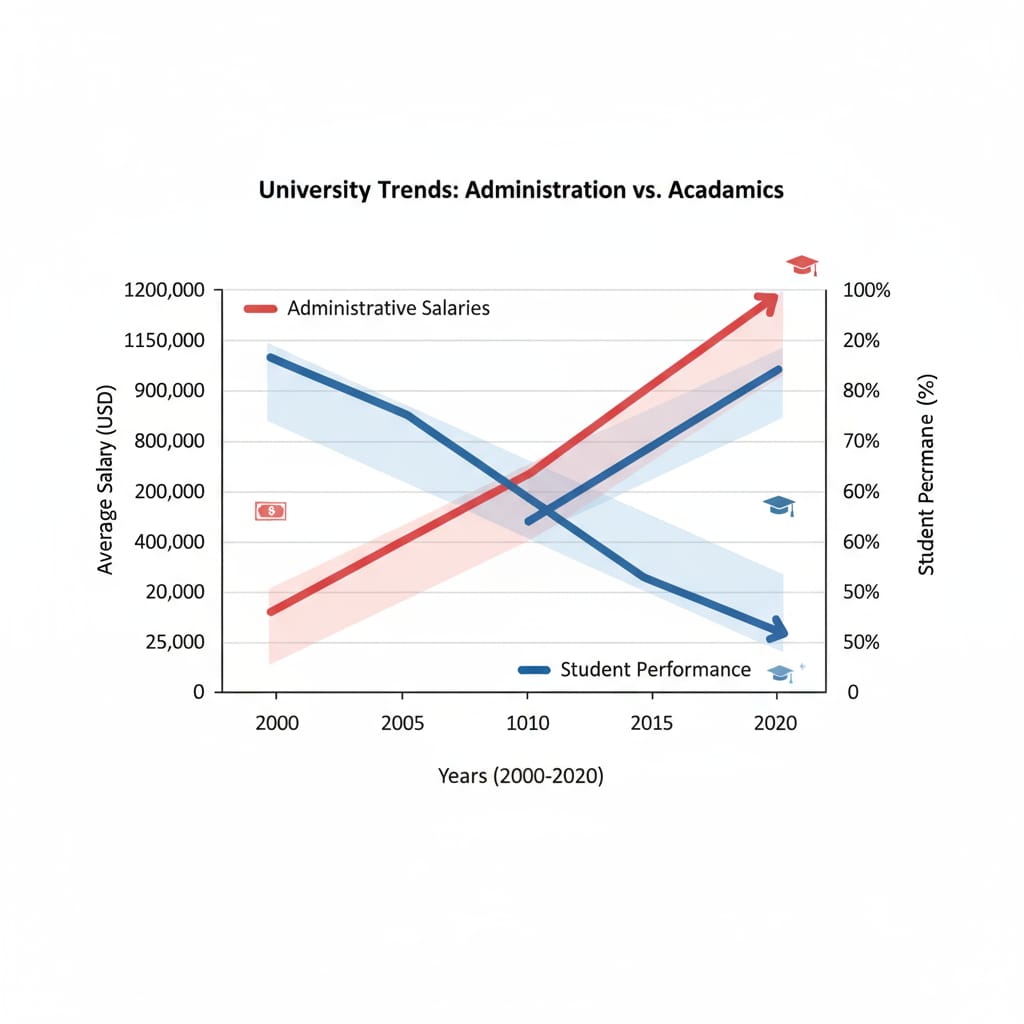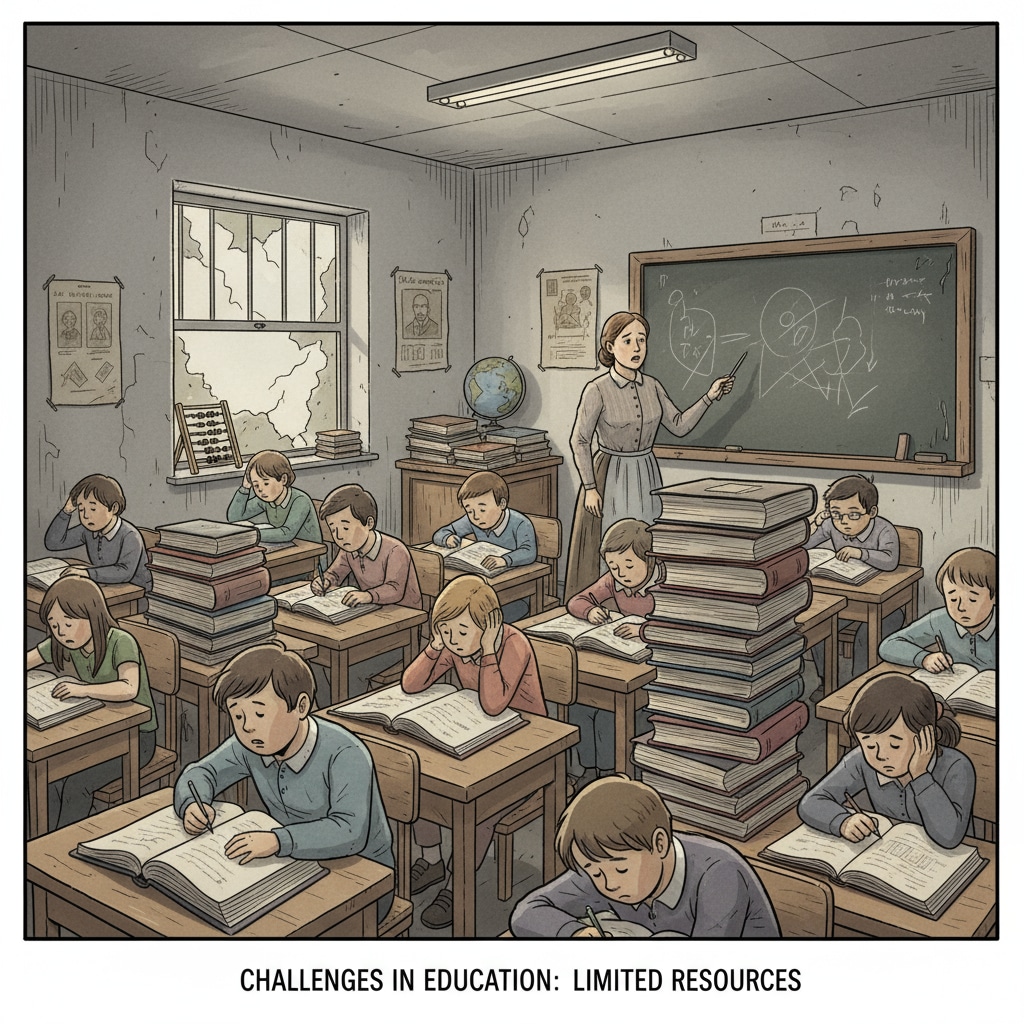In the realm of education, the relationship between education management, administrative salaries, and student performance has become a matter of great concern. In recent years, a worrying trend has emerged where the salaries of school administrative staff have been on the rise, while the academic performance of students has shown a downward trajectory. This has sparked a profound reflection on the fairness of education resource allocation.

The Rising Tide of Administrative Salaries
The growth in administrative salaries within educational institutions is a phenomenon that demands scrutiny. Many factors contribute to this increase. For example, as schools strive to meet various regulatory requirements and manage complex operations, the demand for skilled administrative personnel has grown. This has led to higher compensation packages to attract and retain talent. According to National Center for Education Statistics, administrative positions have seen a steady increase in pay scales over the past decade. However, this upward trend in salaries has not necessarily translated into improved student performance.
The Decline in Student Academic Performance
Simultaneously, student academic performance has been showing signs of decline. Standardized test scores, graduation rates, and other performance indicators paint a concerning picture. There could be multiple reasons for this. One factor might be that with more resources being diverted towards administrative expenses, less is available for direct educational services such as updated teaching materials, smaller class sizes, and extracurricular activities. These are all crucial elements that can enhance a student’s learning experience. As National Education Association research indicates, a lack of proper educational resources can have a significant negative impact on student achievement.

The root cause of this imbalance lies in the misallocation of education funds. Instead of prioritizing student-centered initiatives, a large portion of the budget is being consumed by administrative overheads. This could be due to a variety of reasons, including bureaucratic inefficiencies, a lack of clear funding priorities, and a failure to align resource allocation with educational goals.
To rectify this situation, a comprehensive approach is needed. First, educational institutions should conduct a thorough review of their budget allocation processes. This involves identifying areas where administrative costs can be trimmed without sacrificing essential management functions. Second, a greater emphasis should be placed on investing in student-facing programs such as teacher training, educational technology, and student support services. By rebalancing the education funds, we can ensure that resources are channeled towards activities that directly impact student performance.
Readability guidance: The article uses short paragraphs to clearly present different aspects of the issue. Each H2 section provides a focused discussion, and relevant external links are included to support the arguments. Transition words like “however”, “simultaneously”, and “first”, “second” are used to enhance the flow of the text.


